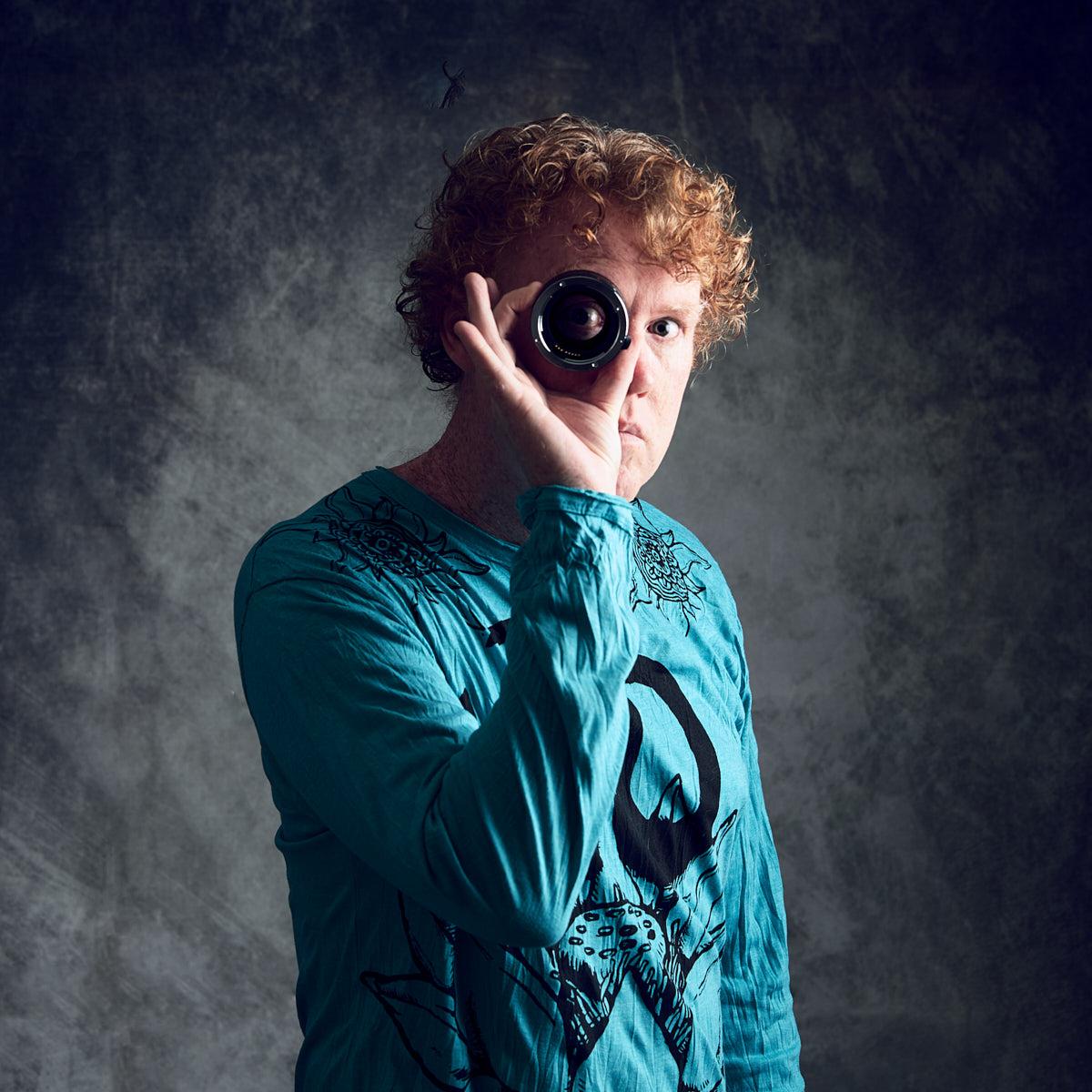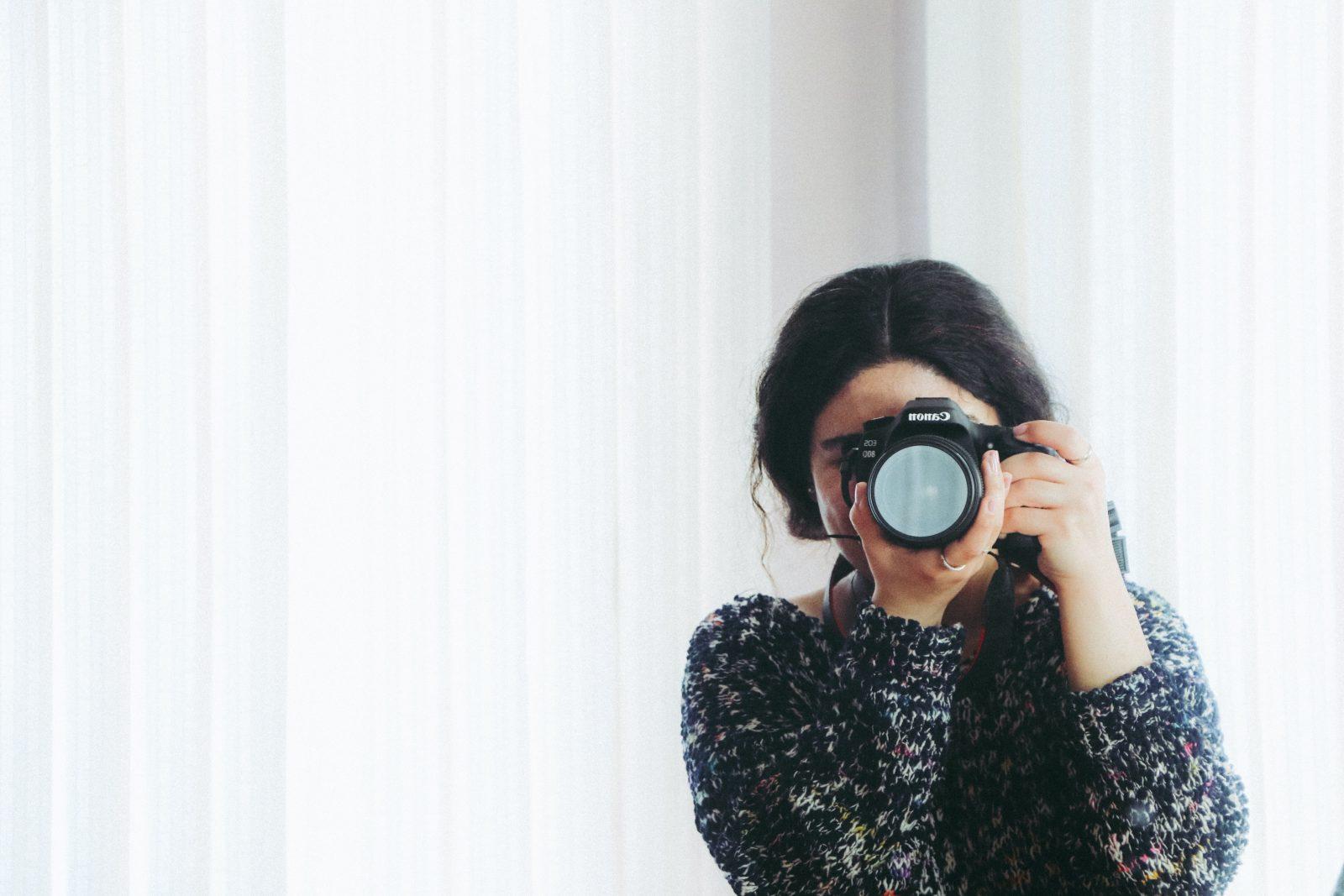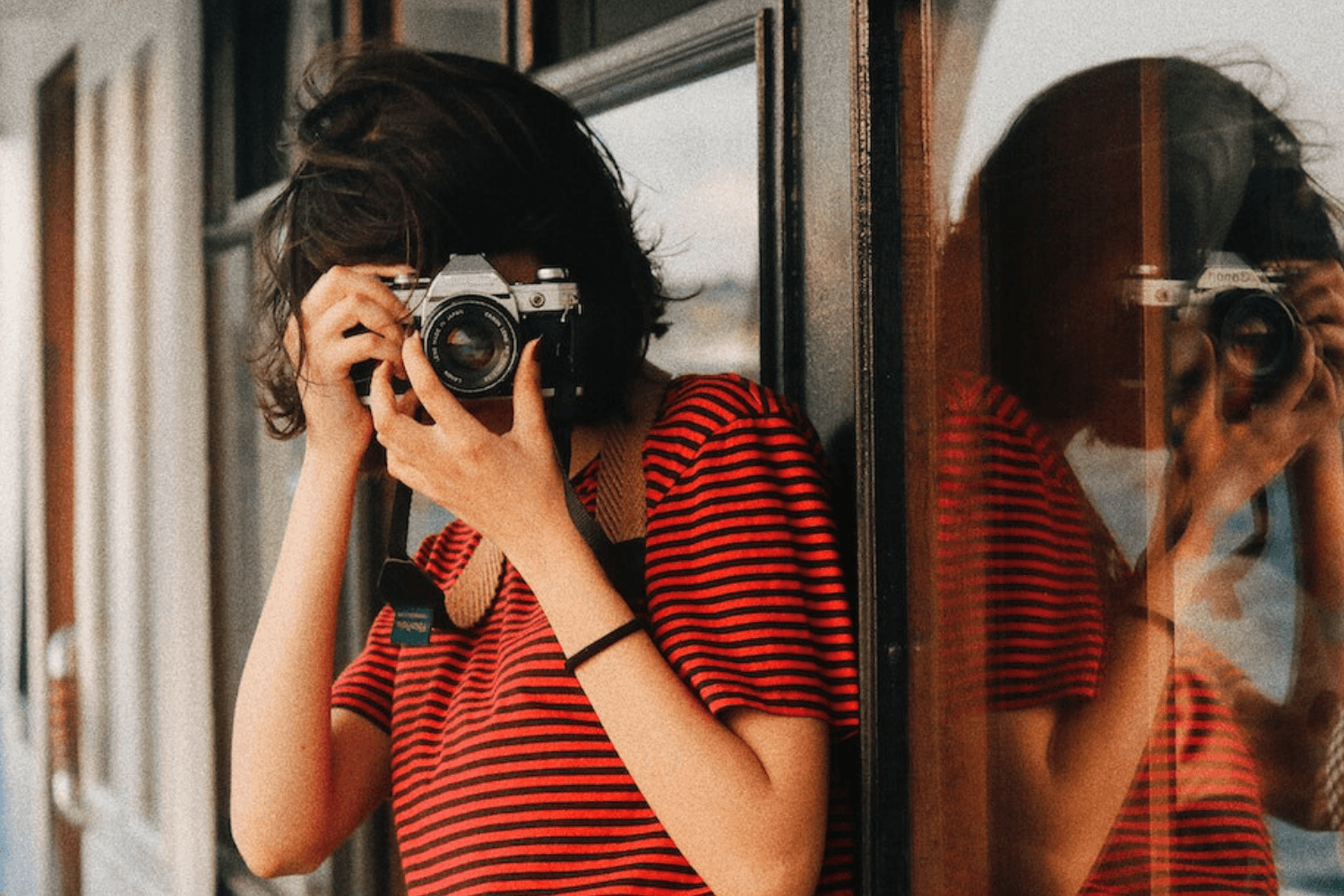Should Today's Photographers be Videographers too?
Yvan Cohen
Thu Oct 14 2021
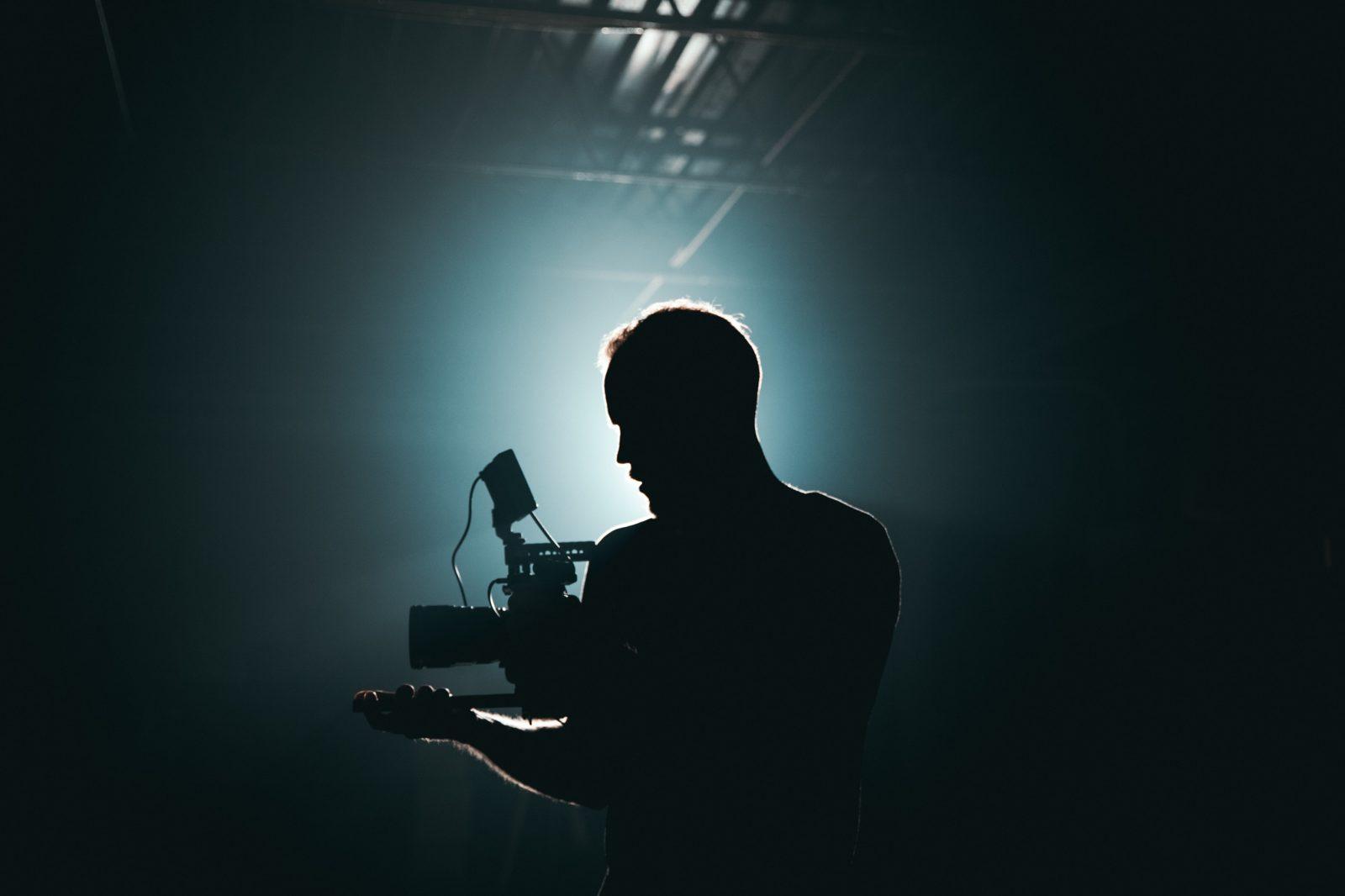
Convergence is the byword of our age: typewriters have become personal computers. The humble phone has become a multifunctional device. And the still camera now doubles as a video camera blurring the lines between photographers and videographers.
For photographers, the convergence of still and video technology has created a dilemma and an opportunity. Should we focus exclusively on our passion for still photography, or should we seize the chance to learn a new skill and become videographers too?
Getting into video broadens your scope for work
In this fast-moving age of technical convergence, I would argue that it is in most photographers’ best interests to move with the times. To merge and converge their own natural talents.
With more strings to your bow (i.e. a proven ability to shoot great still and moving images), you will automatically broaden your potential scope for work.
I know the purists on either side of the photo-video divide will groan at this assertion, pointing out that the two disciplines are entirely separate. Videographers think in terms of movement, sound and sequences. Whereas for photographers it’s all about capturing that ‘decisive moment’.
But both disciplines remain firmly within the sphere of visual communication. How many photographers have you met who now define themselves as ‘visual artists’ or ‘visual content creators’? In doing so, they are opening up a much broader market for their skills.
Videography is like learning a new visual language
For a photographer, learning videography could be compared to learning a new visual language. Many of the basic principles are the same: the rules of composition, managing light and the use of aperture to create depth of field. For sure, videography has its own visual grammar determined by need for sequence, for sound and by the inbuilt impetus for a strong narrative.
Like switching between languages, switching between creating still and moving images requires switching mindset.
Photographers clearly have great potential as videographers by virtue of their strong sense of composition. A good photographer will instinctively look for the strongest composition when framing a shot. On the flip side, photographers are unaccustomed to seeing compositions as something fluid and sequential. And most photographers have no idea how to navigate the complexities of recording sound.
The high cost of video gear reduces competition
Where video becomes interesting for photographers from a professional perspective is that that the barriers to entry for amateurs seeking to create video content remain greater than those for photography, meaning there you are likely to face less competition (although it’s still highly competitive, of course).
The simplest of digital cameras (including the latest smartphones) working in good light can create high quality, licensable content. With video it’s different. The technical requirements associated with professional grade video work, make it much harder for an amateur to transition into the world of video assignments, editing and production.
 Modern day smartphones attempt to reconcile this by offering the ability to shoot high quality videos from the convenience of your phone, however for professional grade productions, it still doesn’t quite cut it. Photo by Jeremy Bezanger.
Modern day smartphones attempt to reconcile this by offering the ability to shoot high quality videos from the convenience of your phone, however for professional grade productions, it still doesn’t quite cut it. Photo by Jeremy Bezanger.
What you’ll need to shoot video
A professional video production is almost certainly going to require expensive equipment. You’ll need a camera capable of shooting in 4K with interchangeable lenses, that is also able to record two channels of audio (your camera will also need an input for headphones so you can continuously monitor sound quality).
A camera that can be used for video, plus the attendant sound gear and editing software is going to come in at US$3-4,000 for a very basic package.
The good news for professional photographers is that your high end DSLR camera is almost certainly capable of being transformed into a professional-level video camera (thanks to the convergence of still and video recording technologies).
If you’re shooting with a recent full-frame or even a four thirds sensors, you’ll be able to capture great 4k images that are good enough for editing into a documentary or for licensing commercially as stock.
Invest in audio
The learning curve for photographers steepens, and costs rise, when it comes to audio. If you’re planning to get into videography, you’ll need to purchase a set up that includes at least one wireless microphone for recording sound from a presenter or interviewee (look to Sennheiser, Rode, Sony and Saramonic for some good options) and one ‘shotgun’ mic for recording ambient sound to a second channel (the same brands also do good shotgun mics).
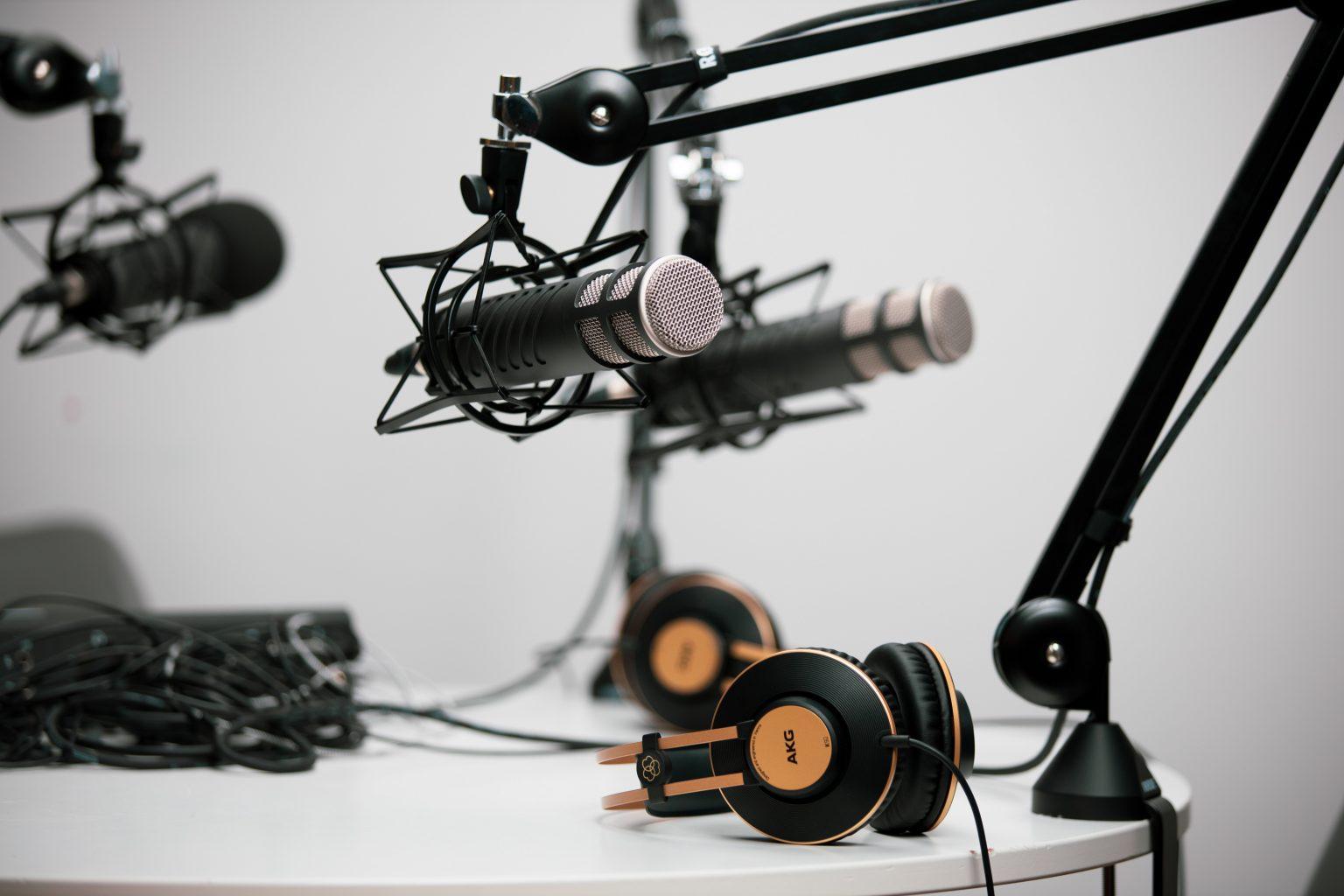 The intricacies of recording sound are an entire art unto itself. Photo by Jonathan Farber.
The intricacies of recording sound are an entire art unto itself. Photo by Jonathan Farber.
Since DSLR cameras weren’t originally designed to be video cameras, you’ll probably need to invest in some kind of ‘rig’. This usually means purchasing a cage from a company like Smallrig or Tilta which serves as a housing for your camera body and onto which you can attach the transmitters, mic and carrying handles that you’ll need when filming.
Starting out in the world of video can be daunting for a photographer, especially when it comes to managing audio and learning what it takes to create a usable sequence. But it’s worth remembering that the same aptitude for things visual, the same understanding of light and composition, are also likely to give you the raw skills need to become a competent videographer. In so doing, you are instantly opening up a new marketplace for your talents and creating new opportunities for revenue – which can’t be a bad thing, in these challenging and competitive times.
Written by Yvan Cohen | Yvan has been a photojournalist for over 30 years. He’s a co-founder of LightRocket and continues to shoot photo and video projects around South East Asia.
Featured Photo by Kyle Loftus
To read more helpful articles on photography, check out our blog page.
Join our growing photographer community at LightRocket and get powerful archive management and website building tools for free!
